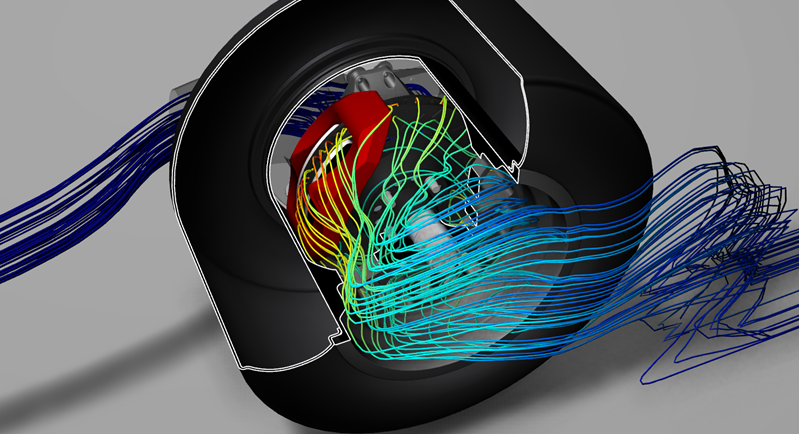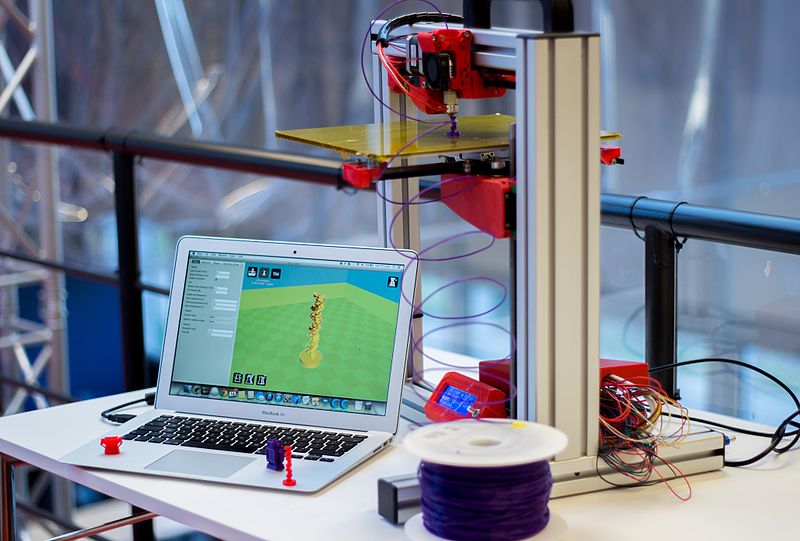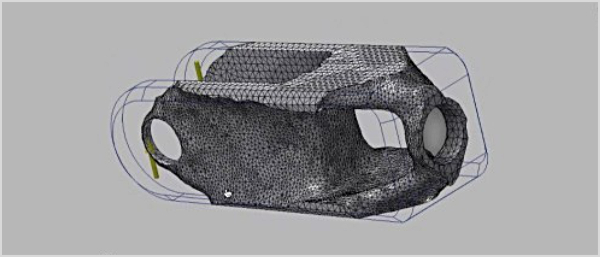
Engineering is a constantly changing field and predicting what’s next is no easy task. As we continue our series with Jay Tedeschi, he draws on his wealth of engineering experience to predict what’s just down the road.

When Jay first saw that 3D printing was making more of a pop culture appearance, he was skeptical of its practical usability in engineering. As he saw the technology become more important in engineering workflow, he realized his first impression was wrong. Seeing how 3D printing has evolved in engineering and made previously unimaginable things possible has given Jay a deeper insight as to where we may be headed.
Today, “engineers have the ability to create geometric models of shapes and sizes that were previously thought impossible,” said Jay. Much of this comes from advances in additive manufacturing and also from advances in CAD modeling capabilities. Jay drew on his experience of engineering when CAD was rudimentary and manufacturing was relatively static. He said, an engineer “could have a fantastic idea but no idea of how to manufacture it.” Now, manufacturing has the ability to form around the engineer’s design, rather than the other way around.
Jay and I moved on to discuss engineering simulation and how much change that has brought to an engineer’s capabilities. Could this be what Jay thinks is the next biggest thing for engineering?
To paraphrase Jay, Engineers come up with ideas that are initially correct or incorrect, but they don’t know it. For example, take a look at all early attempts to fly. Engineers designed machines that flapped their wings and used odd mechanical systems. What they didn’t realize at the time was that flight is made possible by wing shape, not motion. This idea of finding out whether an idea is correct or incorrect closer to the original thought is one that has been made possible with simulation technologies. We now have the ability to understand how a design or system will work before we ever manufacture it. This, in turn, affects how engineers design.

It was at this point that Jay and I hit the meat of our conversation about what would be the next big thing in engineering. Compiling additive manufacturing and simulation capabilities, Jay believes that optimization is going to become the most revolutionary design aspect for engineers moving forward. He was clear to note that lightweighting wasn’t what he meant. Rather, he means that through utilization of shape generation tools integrated with real-time simulation, the engineering workflow is going to be completely revolutionized.

These optimization and generative tools for design allow the engineer to output the best possible design with only minor initial input. This doesn’t make the engineer obsolete, rather it empowers them to create like never before.
Digging even deeper into the specific capabilities Jay thought would be key in optimization, he mentioned latticing and generative design. Combining organic latticing with generative design allows the engineer to create components and structures that are basically “manufactured bones.” No longer will machine design look geometric, rather the parts output by a mechanical designer will look organic and fluid – they will be the perfectly optimized part for the job.
And this is what Jay is most excited about in the future of engineering, and maybe, you should be too.
Image: [1]


